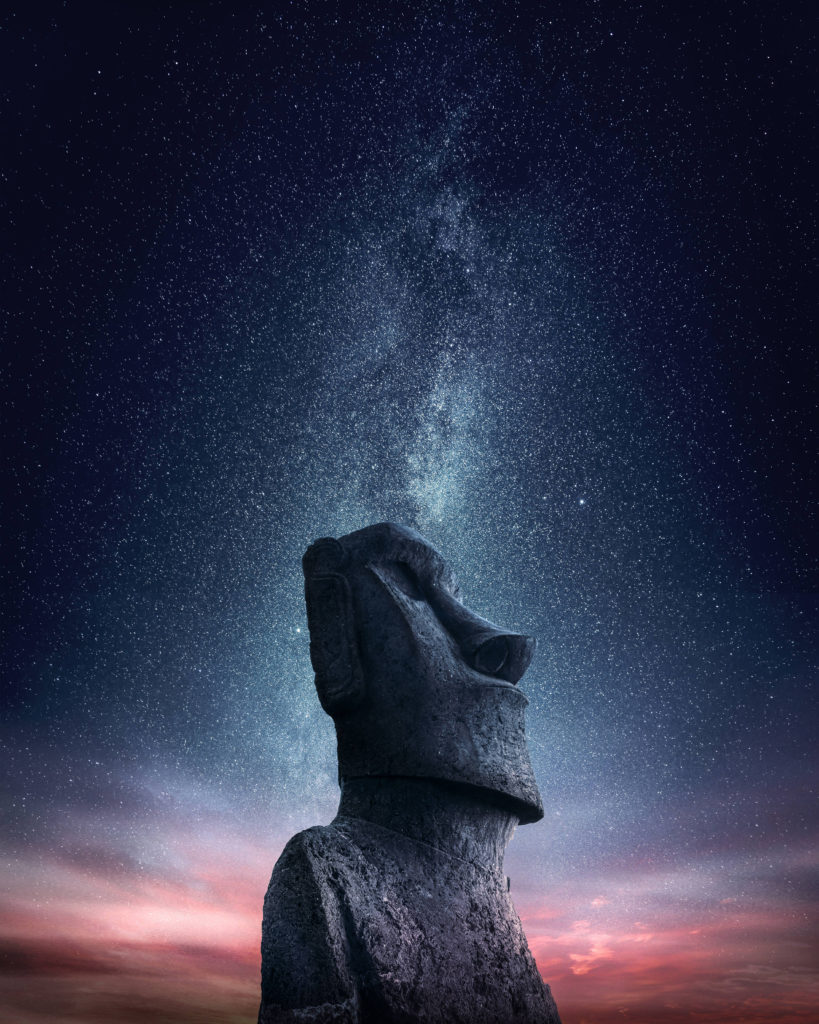© 2020 Nomadict. All rights reserved.
Easter Island
Home to the famous Moai statues
The 1st of August 1721 Jacob Roggeveen, a Dutch explorer, headed an expedition sponsored by the Dutch West India Company. The goal of this Dutch explorer was to reach Terra Australis, a hypothetical continent which appeared on maps between the 15th and 18th centuries.
On his journey to find Terra Australis, Jacob and his fleet (consisting of three ships) came across Ropa Nui after 8 months navigating the oceans. Because the expedition arrived to this isolated island on Easter Sunday, Rapa Nui was ever since nicknamed Easter Island.
"On their arrival, they found no more than 3,000 inhabitants."
It was between 1200 and 1680 CE, the large stone statues known as Moai were carved. Interestingly, the moais have torsos as well, although most of them were buried up to their neck by shifting soils. These majestic statues, 887 in total, were carved from compressed and easily worked solidified volcanic ash.
250 men or more were needed to move these gigantic statues. A Y-shaped sledge with cross pieces, pulled with roses made from the tough bark of the hau tree and tied around the statue’s neck would have allowed their transportation. Some believe that the process of creating the Moai caused widespread deforestation and ultimately a civil war over scarce resources! And all these events happened in complete isolation.
After all, Easter Island was for most of its history one of the most isolated territories in the world, lying in the mid-Pacific Ocean.

Today, an estimated 100,000 people travel to the island each year to visit its famous Moai heads. It is a long journey though and must necessarily you will have to fly through Chile. Yet, upon arrival, the spectacle is guaranteed! Specially if you are a landscape photographer!
